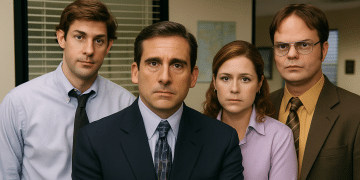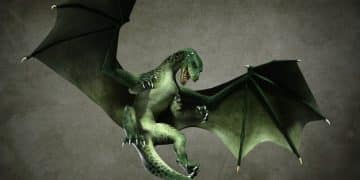The Crown Season 6: Fact vs. Fiction in the Final Episodes
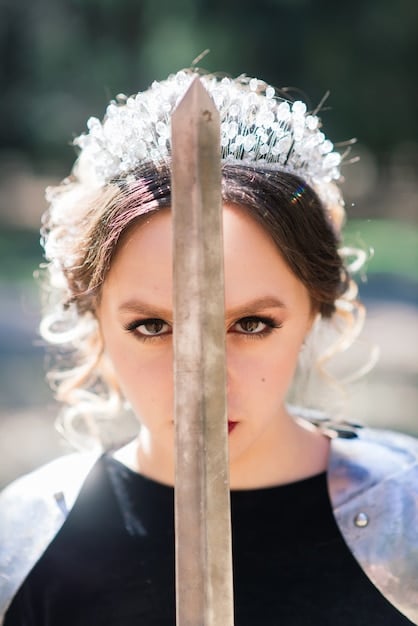
The Crown Season 6 blends historical events with dramatic storytelling, prompting viewers to question the accuracy of its portrayal of the British Royal Family and key moments in their history.
Season six of The Crown has arrived, and viewers are once again captivated by the dramatized lives of the British Royal Family, but how much is fact and how much is fiction?
The Crown’s Blurring of Lines: A Historical Drama
The Crown has always operated in a space between historical record and dramatic interpretation. The show’s creator, Peter Morgan, has often stated that while the series is based on real events, it also takes creative liberties to explore the emotional lives and relationships of the characters. This approach makes for compelling television, but it also raises questions about the show’s accuracy.
The Nature of Historical Drama
Historical dramas, by their very nature, involve a degree of fictionalization. Filmmakers and writers must fill in the gaps in the historical record, create dialogue, and develop characters’ inner lives. The Crown is no exception, and the final season is particularly sensitive, as it deals with events that are still within living memory.
The Show’s Creative License
One of the most significant challenges in evaluating The Crown’s accuracy is determining where creative license begins and historical truth ends. The show often presents viewers with intimate scenes and private conversations, which, by their nature, cannot be verified. These moments are often constructed based on speculation and educated guesses, aimed at enhancing the narrative and emotional impact.
Examining the most recent season, here are key aspects where fact and fiction intertwine:
- The portrayal of Princess Diana’s final days and the immediate aftermath of her death.
- The evolution of Prince William and Harry’s relationship with their father, Prince Charles.
- The depiction of the Queen’s evolving relationship with Tony Blair during his tenure as Prime Minister.
Ultimately, The Crown is a work of fiction inspired by real-life events. It offers a particular interpretation of history, shaped by the perspectives and creative choices of the writers and producers. As viewers, it’s important to approach the show with a critical eye, recognizing that it is not a definitive historical record but a dramatized representation.
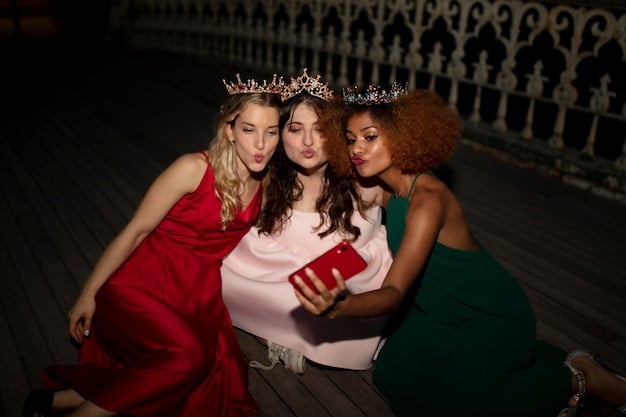
Princess Diana’s Final Days: Accuracy vs. Sensationalism
The final season of The Crown dedicates a significant portion to Princess Diana’s last weeks and the tragic events leading to her death. Given the sensitivity surrounding this period, the show’s portrayal has been met with both praise and criticism.
Controversies and Concerns
The decision to depict the events surrounding Diana’s death has been one of the most controversial aspects of the season. Critics have raised concerns about the potential for sensationalism and the impact on those who were personally affected by the tragedy, particularly Princes William and Harry. The showrunners have defended their approach, emphasizing their commitment to handling the subject matter with sensitivity and respect.
Historical Adjustments
One notable adjustment is the show’s decision not to depict the actual crash in the Pont de l’Alma tunnel. Instead, the series focuses on the events leading up to the tragedy and the immediate aftermath, with scenes showing the reactions of the Royal Family and the British public. This choice reflects a desire to avoid gratuitous depictions of violence and to focus on the emotional impact of Diana’s death.
The Accuracy of Relationships and Emotions
The Crown’s portrayal of relationships and emotions within the Royal Family during this time is another area where fact and fiction blur. The series attempts to capture the complexities of Diana’s relationship with Dodi Fayed, as well as the strained dynamics between Diana and the Royal Family.
Key points to consider include:
- The depiction of Diana’s mental state and her struggles with media intrusion.
- The portrayal of Prince Charles’ reaction to Diana’s death and his role in supporting their sons.
- The influence of media intrusion on the tragic events and the subsequent public grief.
Ultimately, the accuracy of these depictions hinges on subjective interpretations of historical accounts and personal testimonies. While The Crown strives to offer a balanced portrayal, it is important to recognize the inherent limitations of dramatizing such a sensitive and complex event.
Prince William and Harry: Navigating Grief and Growing Up
Season six also explores the experiences of Prince William and Prince Harry in the wake of their mother’s death. The series delves into their emotional journeys as they navigate grief, cope with public scrutiny, and transition into adulthood.
The Impact of Diana’s Death on William and Harry
The Crown attempts to capture the profound impact of Diana’s death on the young princes, portraying their struggles with grief, their evolving relationship with their father, and their efforts to find their place within the Royal Family.
Portrayal of the Princes’ Relationships
One of the key areas of focus is the portrayal of William and Harry’s relationship with Prince Charles. The series explores the challenges of Charles balancing his responsibilities as a father with his duties as heir to the throne.
Growing Up in the Public Eye
The Crown also addresses the unique challenges faced by William and Harry as they grew up in the public eye. The series touches on their experiences at school, their early romantic relationships, and their evolving sense of identity.
Key elements in their story include:
- William’s adjustment to Eton College and his eventual decision to attend St. Andrews University.
- Harry’s rebellious streak and his struggles to find his own path outside of his brother’s shadow.
- The portrayal of the brothers’ shared grief and their enduring bond in the face of adversity.
Through its portrayal of William and Harry, The Crown seeks to humanize these iconic figures and to shed light on the personal challenges they faced during a period of intense public scrutiny. However, it is important to recognize that these are dramatized interpretations of real-life events and that the series takes creative liberties to enhance the narrative.
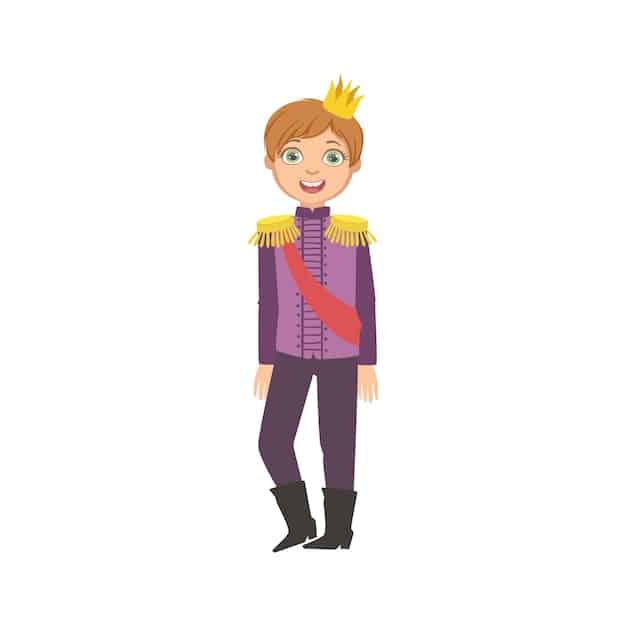
Queen Elizabeth II and Tony Blair: A Shifting Dynamic
The final season introduces Tony Blair as the new Prime Minister of the United Kingdom, marking a shift in the dynamic between the monarchy and the government. The series explores the evolving relationship between Queen Elizabeth II and Blair, highlighting their contrasting leadership styles and their interactions during significant historical events.
A Clash of Leadership Styles
One of the central themes explored in this section is the contrast between Queen Elizabeth II’s традиcional approach to leadership and Tony Blair’s modern, media-savvy style. The series portrays Blair as a charismatic and ambitious politician who is eager to modernize Britain.
Diverging Views
The Crown also explores the differences in their views on the role of the monarchy in modern society. Blair is portrayed as being more open to re-evaluating the monarchy’s place in British life, while the Queen is depicted as being steadfast in her commitment to upholding tradition.
Harmonious Working Relationship
Despite these differences, the series also highlights the ways in which the Queen and Blair were able to work together effectively. The Crown suggests that they developed a mutual respect for each other’s roles and responsibilities, which enabled them to navigate significant challenges.
Key aspects of their interaction include:
- The Queen’s initial skepticism towards Blair’s vision for Britain and her growing respect for his leadership abilities.
- Blair’s efforts to understand and appreciate the traditions and values of the monarchy.
- Their collaboration during times of national crisis and their shared commitment to serving the British public.
Through its portrayal of Queen Elizabeth II and Tony Blair, The Crown offers a nuanced perspective on the complexities of leadership and the challenges of navigating tradition and change. While the series takes creative liberties to enhance the drama, it also strives to capture the essence of this important historical relationship.
Other Royal Family Members: The Supporting Cast
While The Crown focuses primarily on Queen Elizabeth II, Prince Charles, and Princess Diana, the series also includes supporting characters who play significant roles in the Royal Family’s story. These characters offer additional perspectives on the events depicted and contribute to the overall narrative.
Depiction of Other Royals
One of the challenges in portraying these characters is balancing historical accuracy with dramatic license. The series must make choices about which aspects of their lives to highlight and how to portray their relationships with other members of the Royal Family.
Portrayal of Princess Margaret
The Crown’s portrayal of Princess Margaret offers a poignant and insightful look into her struggles with finding purpose within the confines of royal life. The series often depicts her as a complex character, torn between her desire for independence and her loyalty to her sister, the Queen.
Other Royal Family Members
Other members of the Royal Family who appear in the final season include Prince Philip, the Queen Mother, and Princess Anne. Each of these characters brings a unique perspective to the story, and their interactions with the main characters help to illuminate the dynamics within the Royal Family.
Significant figures in the Royal Family include:
- Prince Philip, whose support of the Queen and pragmatic advice are consistently highlighted.
- The Queen Mother, portrayed as a staunch advocate for tradition and the monarchy’s enduring strength.
- Princess Anne, depicted as a no-nonsense, dedicated royal who is not afraid to speak her mind.
Impact of “The Crown” on Public Perception
The Crown has had a profound impact on public perception of the British Royal Family. The show has introduced a new generation to the history of the monarchy, while also shaping the way that many people view the personal lives of the royals.
Effects of the Show
One of the most significant effects of The Crown is the way that it has humanized the Royal Family. The series has portrayed the royals as complex individuals with their own hopes, fears, and flaws.
Changing Public Opinion
For some viewers, The Crown has reinforced existing perceptions of the Royal Family, while others have had their views challenged or changed. The series has sparked conversations about the role of the monarchy in modern society and the balance between tradition and change.
Historical Documentation
The debates surrounding the show have highlighted the importance of historical accuracy in popular culture and the responsibility of filmmakers to engage with historical events in a thoughtful and respectful manner.
Key considerations include:
- The series has sparked broader discussions about the role of the monarchy in contemporary society.
- The show’s popularity illustrates how narratives influence public opinion.
- “The Crown” has encouraged audiences to seek out reliable and trustworthy sources to check the media´s information about the Royal Family.
| Key Point | Brief Description |
|---|---|
| 👑 Royal Dynamics | Exploration of relationships within the Royal Family, blending fact and fiction. |
| 💔 Diana’s Tragedy | Sensitive portrayal of Princess Diana’s final days and the aftermath of her death. |
| 🏛️ Blair’s Influence | The evolving relationship between Queen Elizabeth II and Tony Blair. |
| 🌟 Public Perception | Impact of ‘The Crown’ on views of the British Royal Family. |
Frequently Asked Questions
▼
The series blends well-documented historical events with speculative interpretations of private moments and conversations. This creates a compelling narrative but may not always align with precise historical records.
▼
Controversies often stem from the dramatization of sensitive events, particularly Princess Diana’s death. Some critics worry about sensationalism and the impact on those personally affected.
▼
The Crown portrays William and Harry as navigating grief while under constant public scrutiny. It shows their evolving relationships with family and their efforts to find normalcy amidst extraordinary circumstances.
▼
The series depicts a relationship marked by initial skepticism from the Queen towards Blair’s modern approach, but evolving into mutual respect as they navigated historical events together.
▼
The Crown has humanized the Royal Family for many viewers, encouraging dialogue about the role of the monarchy in modern society and how historical narratives shape public opinion.
Conclusion
Season six of The Crown offers a compelling, albeit dramatized, look into the lives of the British Royal Family during a turbulent period. While the series takes creative liberties with historical events, it also raises important questions about the nature of truth, memory, and the relationship between the monarchy and the public.

